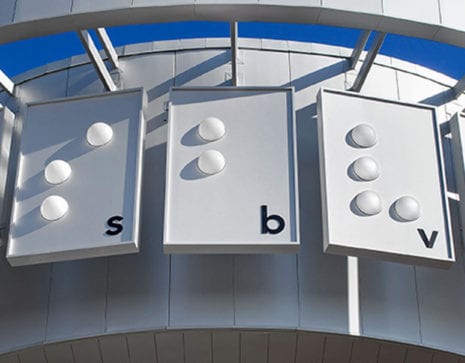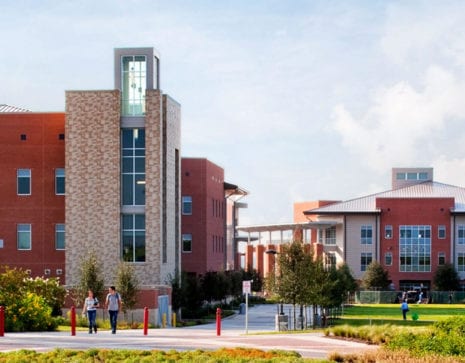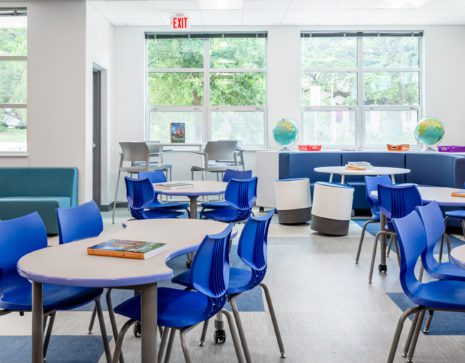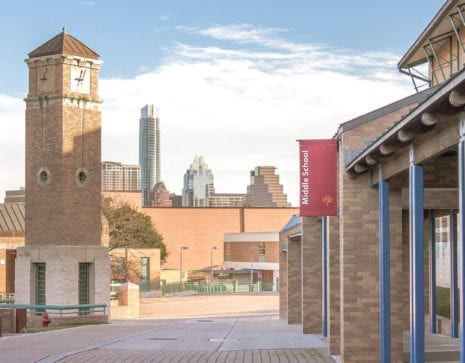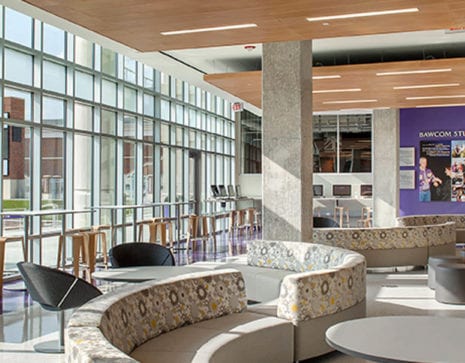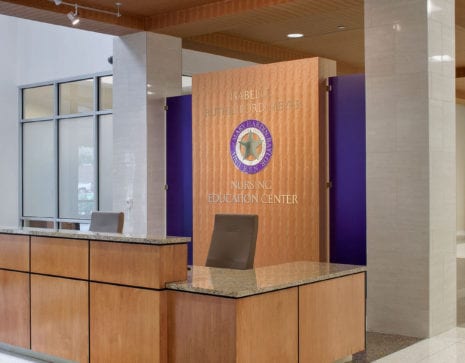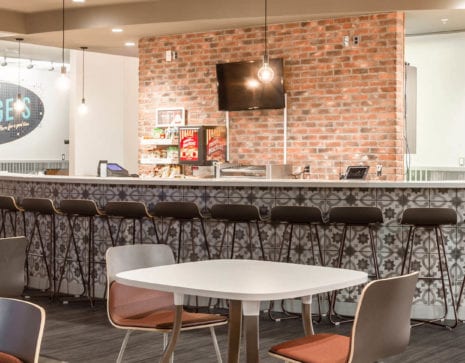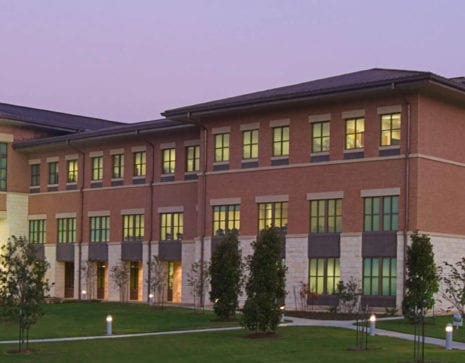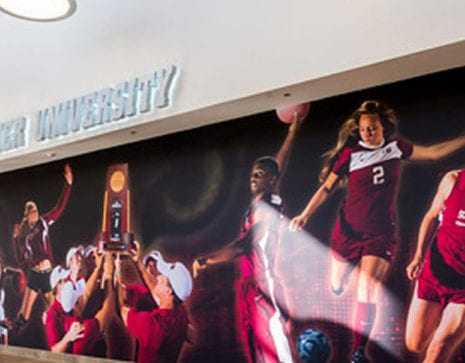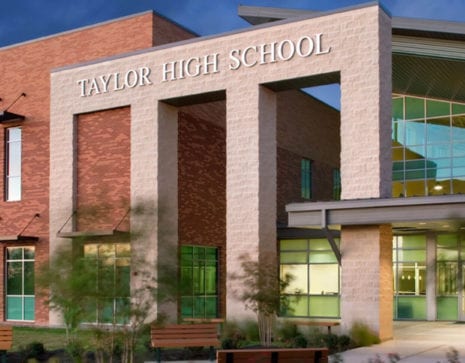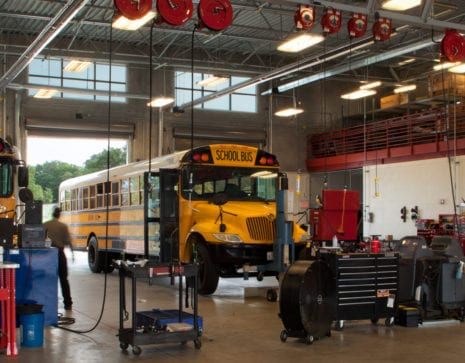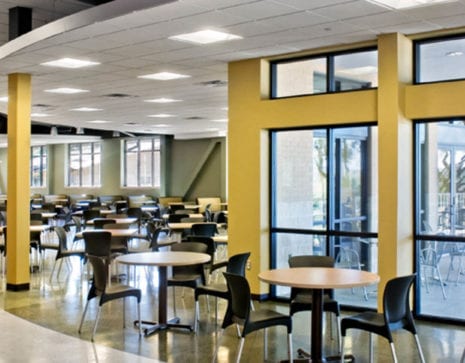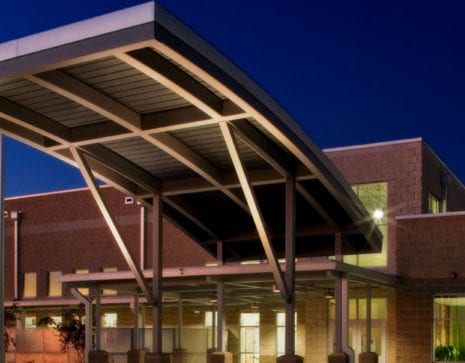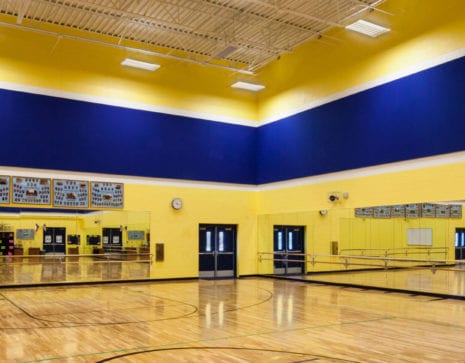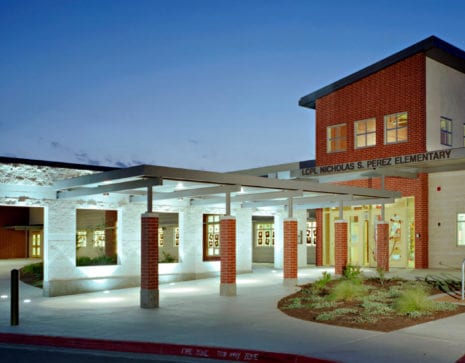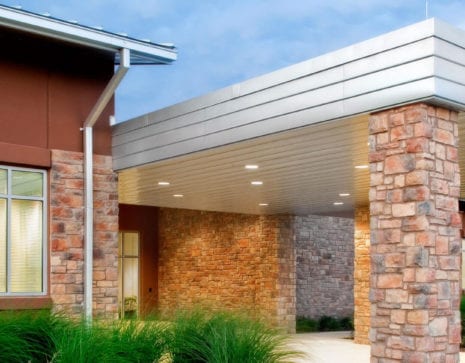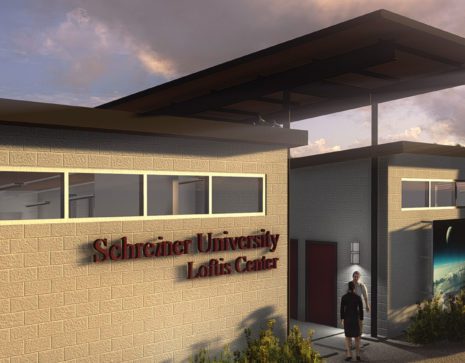The Learning Curriculum is an integral part of Education Design
We are well-versed in design-build and renovation projects for both K-12 and Higher Education Campuses, and understand what it takes to create safe and inspirational learning environments. Every element of design, from placemaking, shapes, intensities, light, orientation, and textures play a key role in our children’s learning experience. We embrace this interaction and incorporate each school’s curriculum into the design process to create environments that will excite and motivate students. Our team is naturally composed of education architects and interior designers, but we also draw ideas from our working, healing, and science and technology divisions which provide valuable insight into modern school designs; including sustainable buildings and innovative classroom settings with collaborative, flexible spaces. We also create the facilities essential to supporting the school in terms of technology, transportation, and maintenance, and 43 years of experience in this sector has honed our expertise in addressing the unique requests, occupied campuses, and time-sensitive schedules that often define aggressive work schedules required in creating today’s learning environments.
GSC Architects is well known for its special needs campus design, with unique and forward-thinking transformations that blend the building design with learning curriculums, allowing instructors to integrate their lessons plans using the built environment. While our 43-year history gives GSC a solid educational design base, having worked with many public and private K-12 and higher educational institutions, our Special Needs projects heigh elevates our designs to a higher level. The Texas School for the Deaf, Texas School for the Blind and Visually Impaired, and the Kozmetsky Center for Child Protection taught us that special and unique challenges could become resounding successes. GSC Architects has presented Sensory Design Standards to The University of Texas, Texas State University, the American Institute of Architects – Austin, and the Association for Learning Environments.

